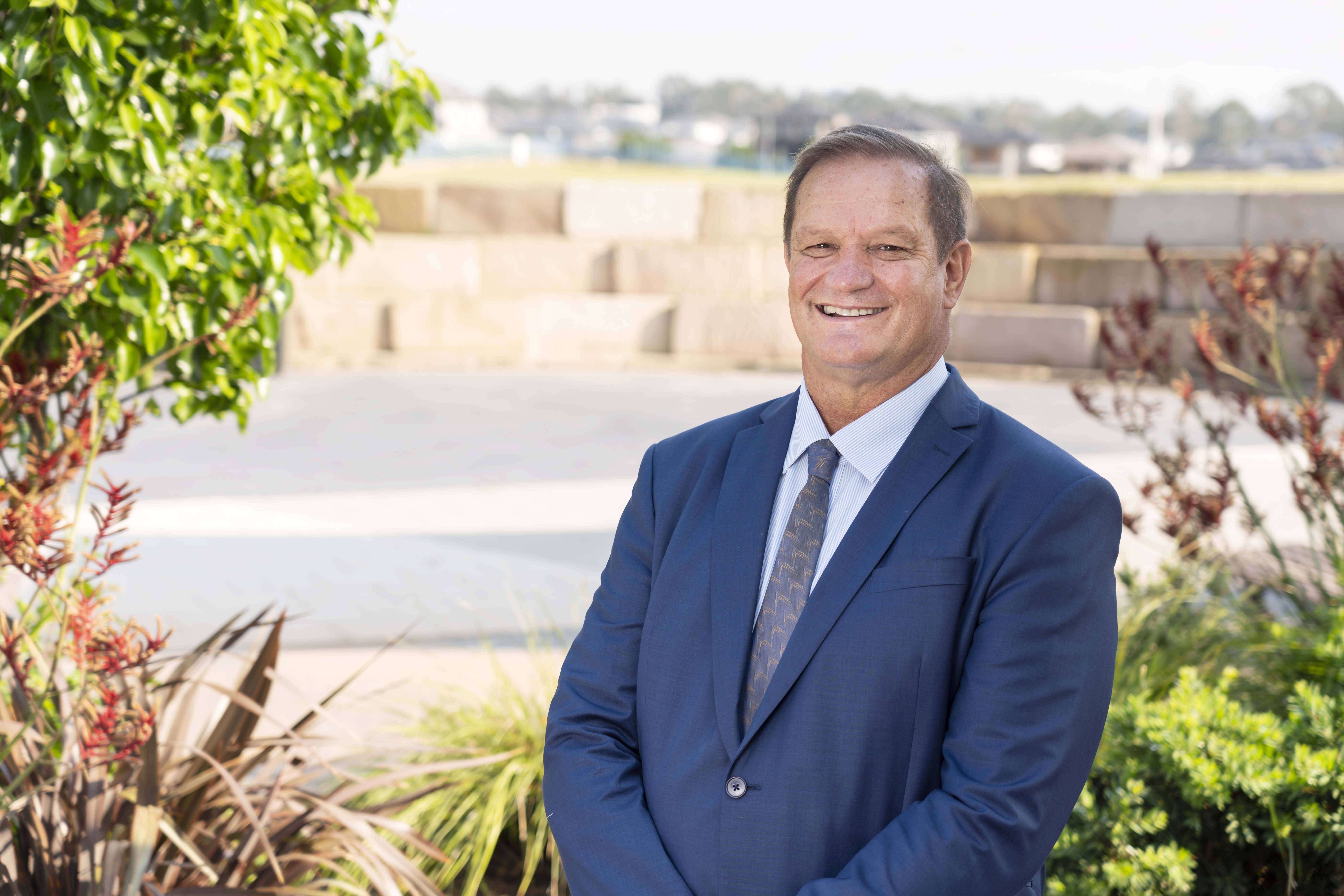I have certainly been in this situation many times, but I remember a time on a holiday in the Daintree that personally stopped me in my tracks. Mt Sorrow was the source of my pain and with only a half hour out from the summit we decided to turn back. I could have possibly gritted my teeth and pushed through but I had not trained and built the necessary resources I needed to overcome the adversity. I gave up, but I have been committed to building up my fitness ever since.
One of the important characteristics that we want to see developed in our students is a high level of self-efficacy in their learning. This is not a well-known term and may require a little explanation. Self-efficacy, is confidence in one's own ability to achieve intended results. This term is more than the concept of having ‘confidence’ which may be a general belief about our ability. I thought I would make Mt Sorrow despite the name and poor reputation. But I had not built up the equity needed to make the climb. My confidence was unfounded. Self-efficacy is more targeted and based upon the evidence attained over time eg. a student with high self-efficacy can say, 'I have worked hard on algebra and mastered the key concepts and content of this topic. Therefore, I am going into the examination with a real confidence, a strong sense of self-efficacy that I can perform well.’
High self-efficacy allows us to climb the mountains that may have been obstacles in the past. Developing self-efficacy means that we are teaching students not to give up at the first hint of difficulty, but to build the skills and develop the gifts that God has given us. We know from research that students who have a negative view of their own ability will be limited in their learning due to the development of learned helplessness or self-handicapping. Further research indicates that students who adopt a growth mindset, and focus on the belief that, while each student may have God-given gifts and abilities, every student can grow and learn in every aspect of their abilities consistent with their effort and supported by appropriate strategies.
To achieve high self-efficacy each student must have a firm belief and confidence in their ability to learn, a belief which must also be deeply held by every teacher. Learning activities should therefore be designed in a manner to allow students to feel a sense of accomplishment in the learning, spurring them on to achieve uniquely devised mastery learning goal. When a student has a high-self efficacy, they would typically display a willingness to take appropriate risks in learning and to overcome, and learn from, failure when it occurs.At Thomas Hassall Anglican College, it is important to understand that failing is okay as long as we do so in an environment that encourages us to get back up and try again. It does take effort! There is a risk, but more and more we have the opportunity to overcome obstacles and reach mountain top experiences that will allow us to get a view of the future.
A view of the coast from a high spot in the Daintree! Room with a view
Roger 2.jpg



